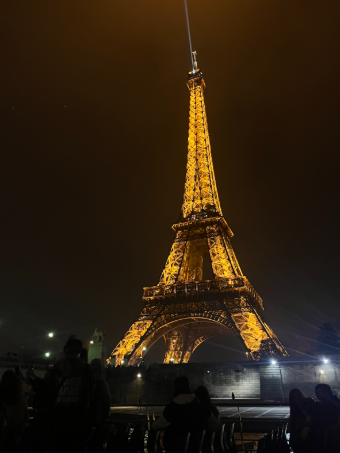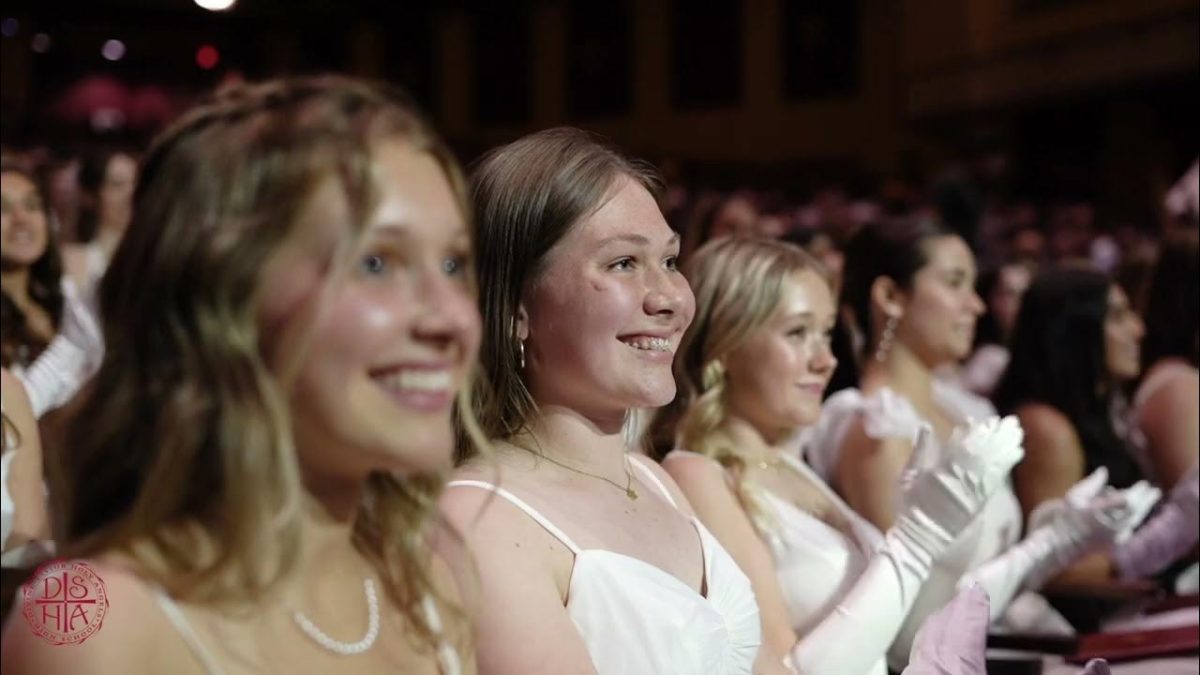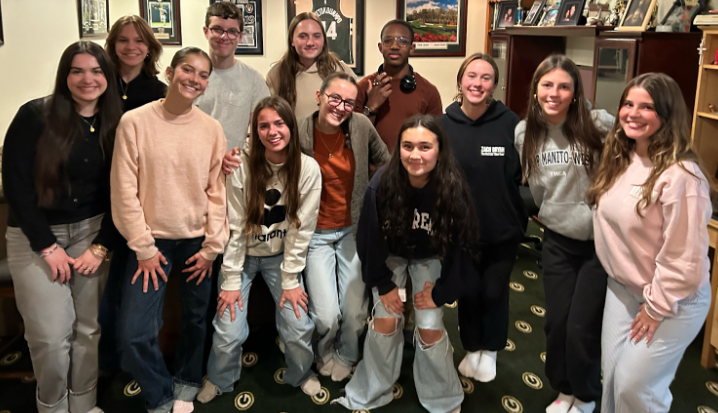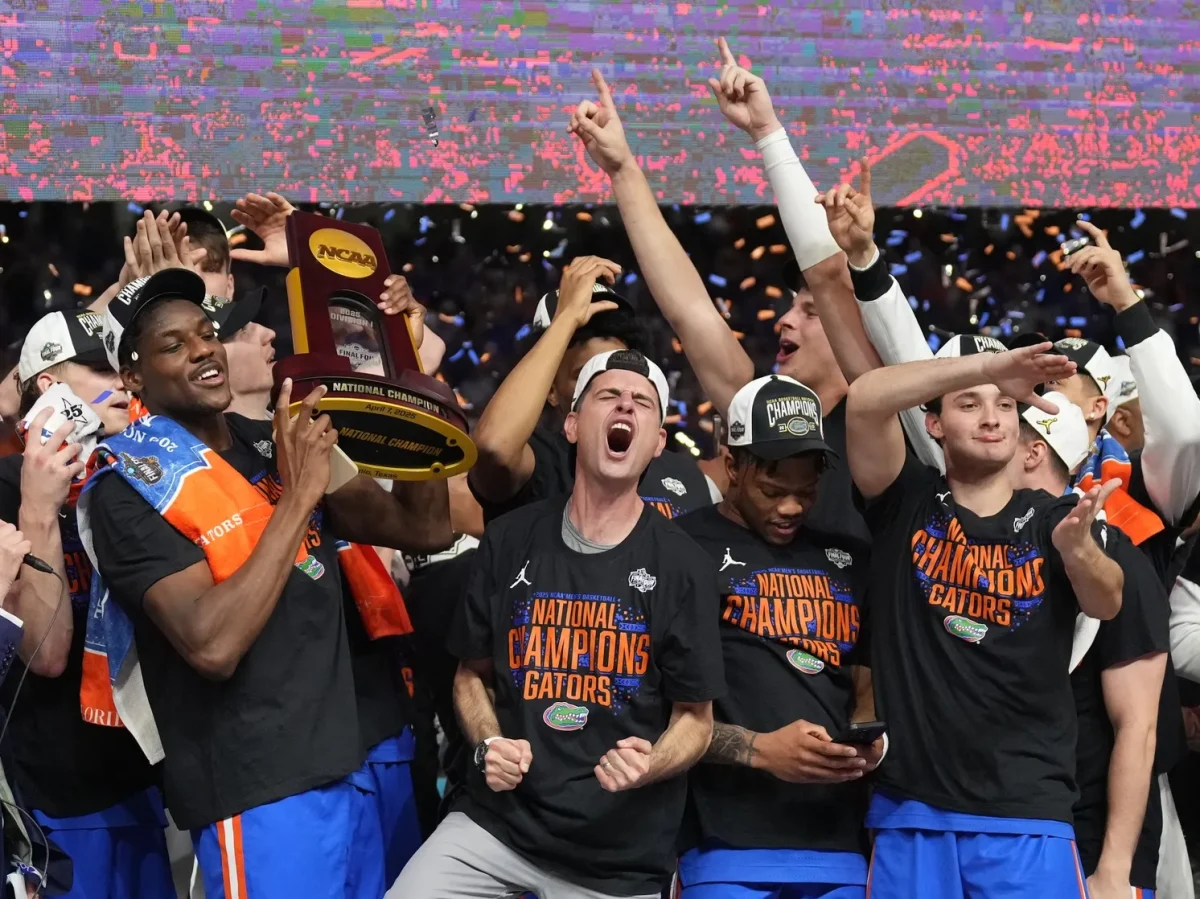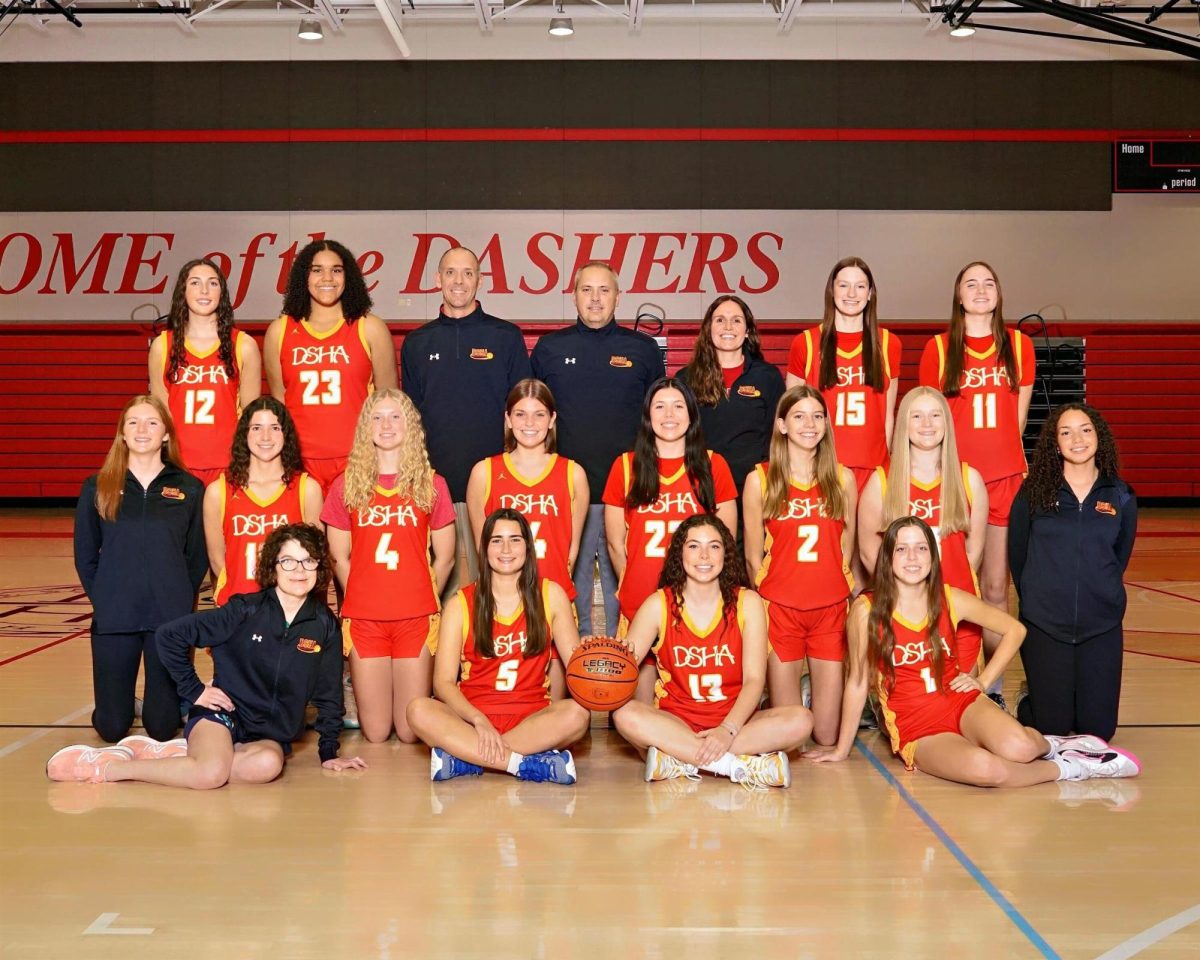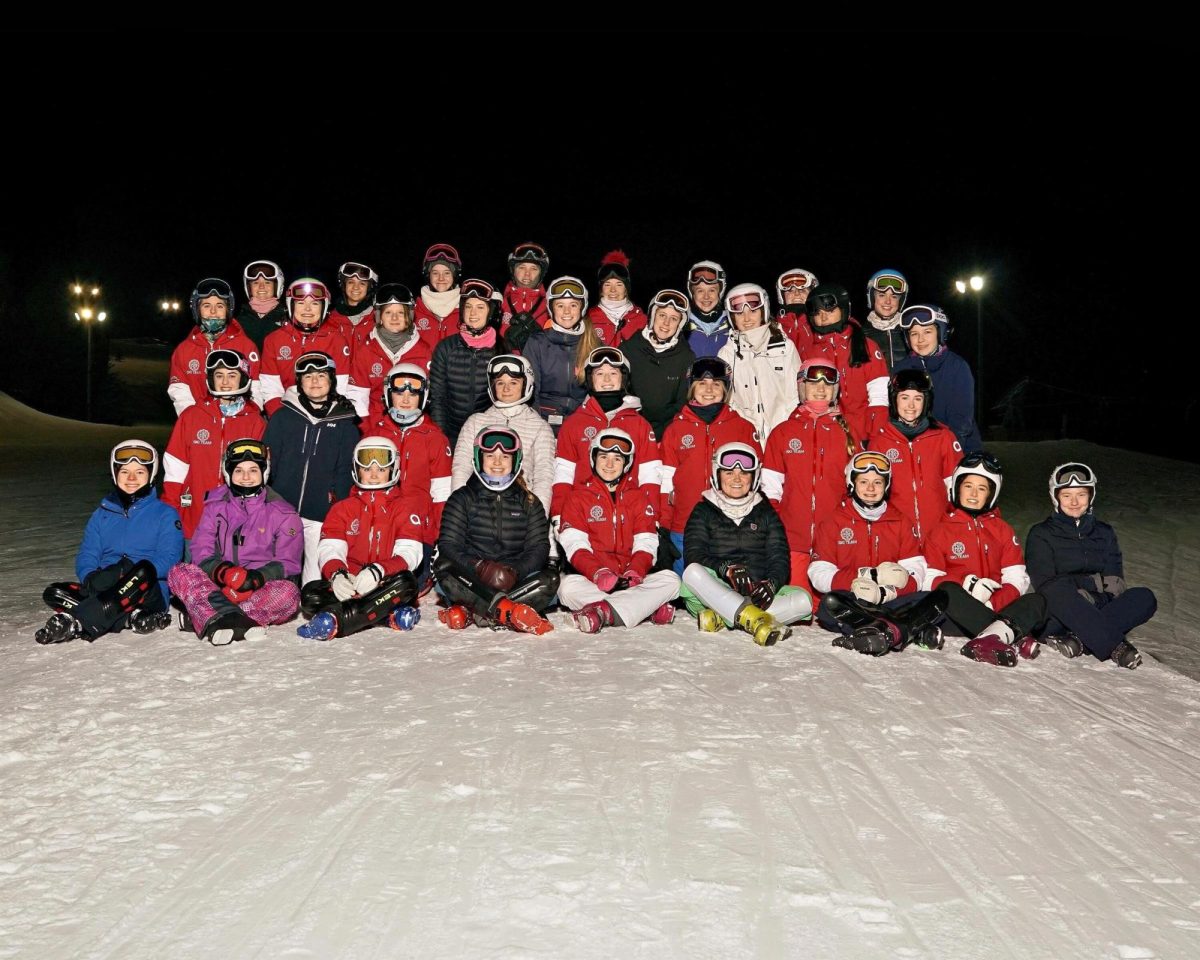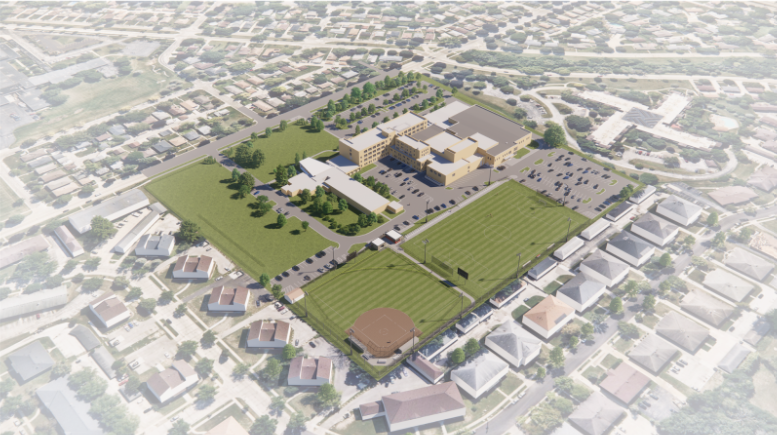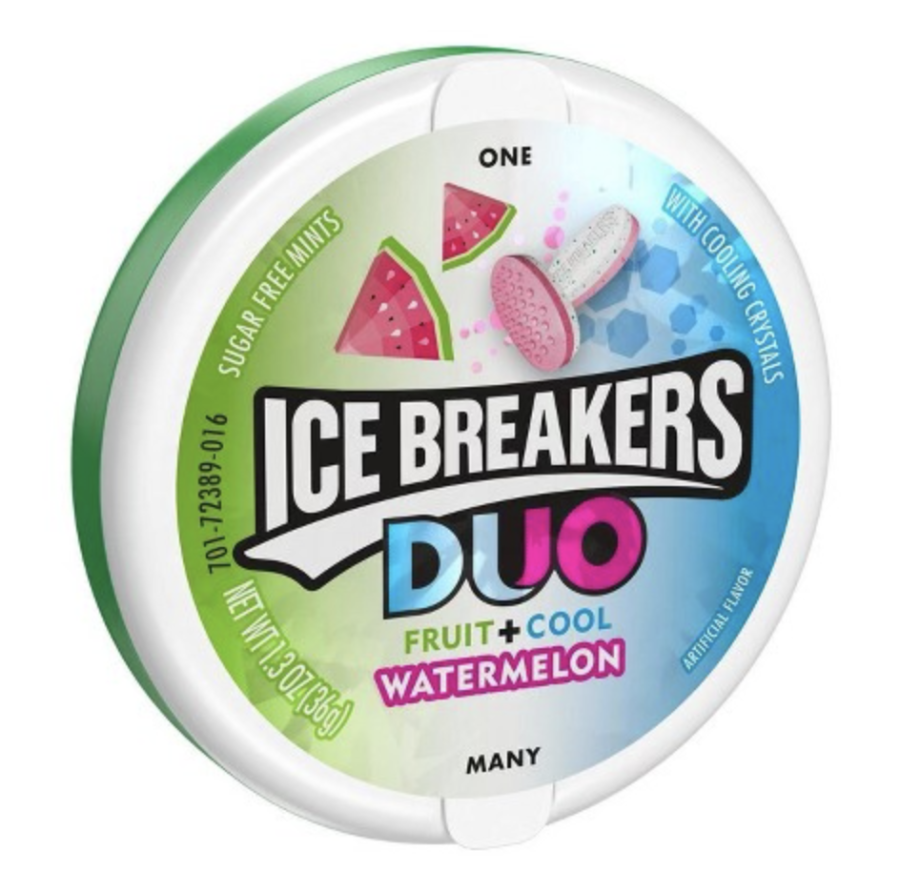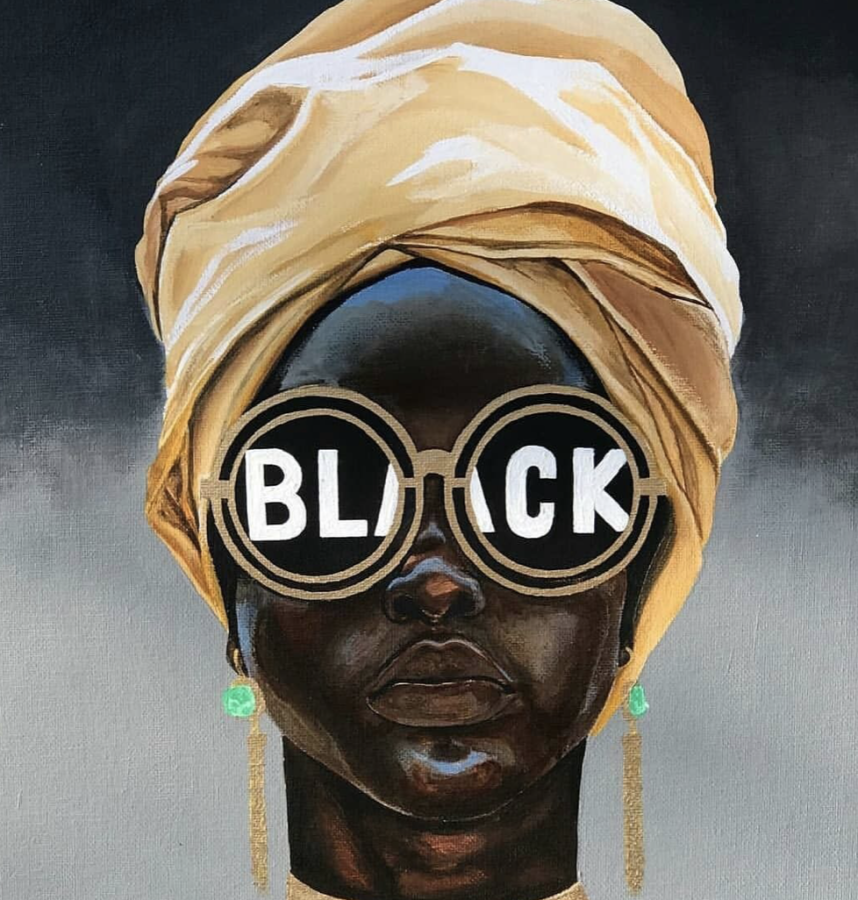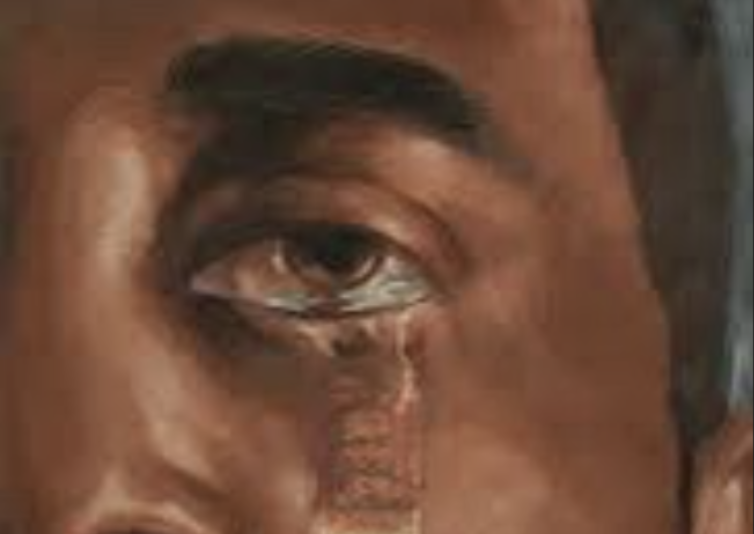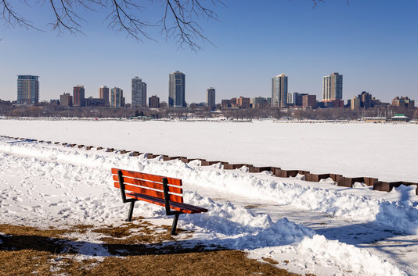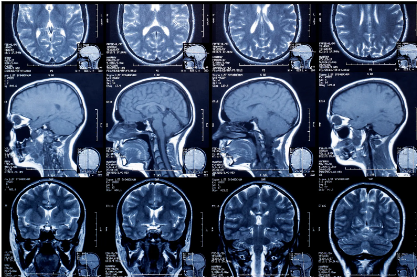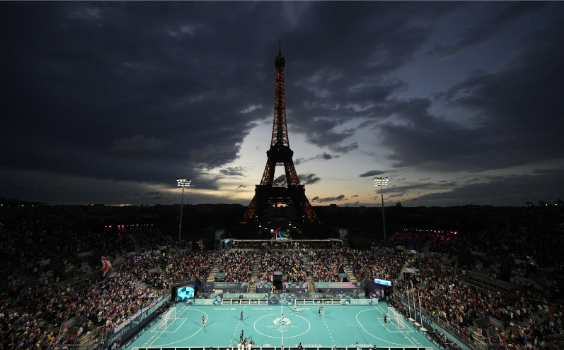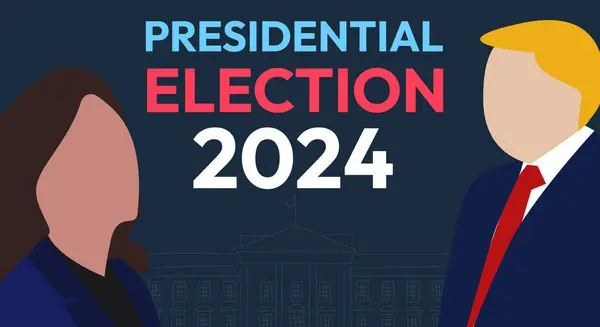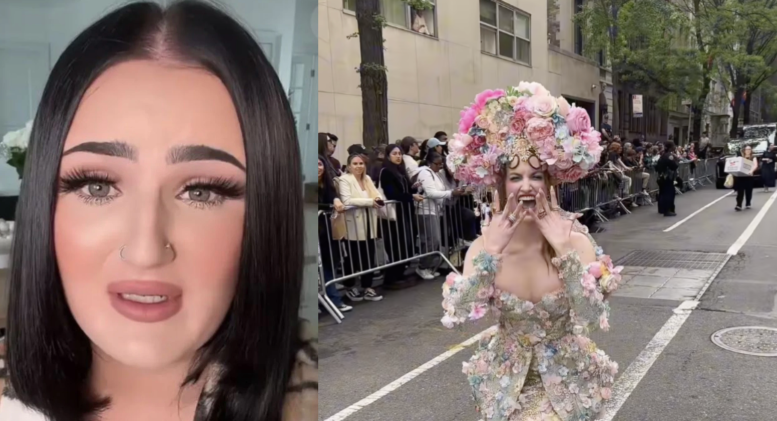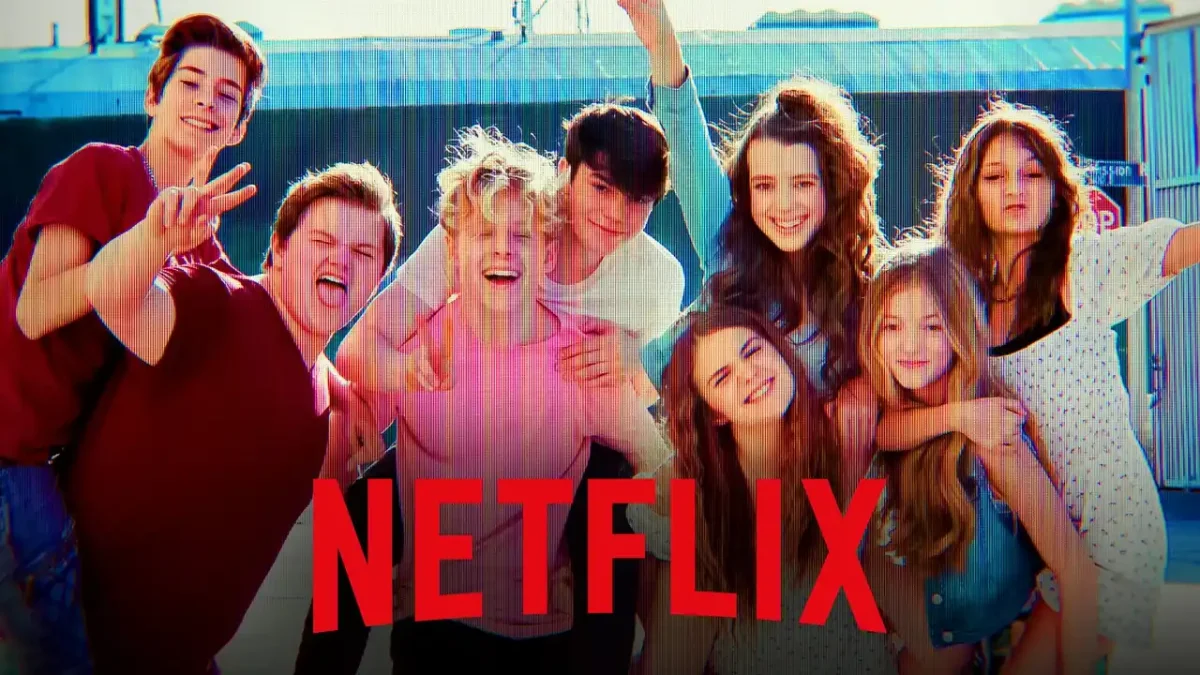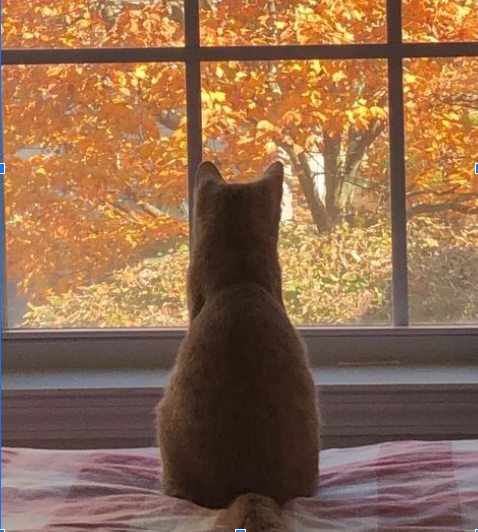The Future of Catholic Schooling
Many dashers know that years ago, DSHA was two separate schools: Divine Savior (DS) and Holy Angels Academy (HA). But do they know the whole story about how these institutions came together? In the following article I consulted Susie Miller, DS graduate of 1965, and Frank Miller, author of Valiant Women, to uncover why Catholic schools were forced to close or consolidate in the 1970s and what the future of Catholic schooling may look like.
~~~
While Mrs. Miller never sensed any tension between DS and HA, Mr. Miller noted otherwise: “There was some nasty competition between the two schools. Particularly in athletics.” Simply put, DS and HA were fierce rivals, but they were forced to set these differences aside and become one in 1970 (Miller 53). The apparent “loss of [DS and HA’s] low-cost labor force,” the sisters, became a threat to the survival of the two schools and a major reason for their consolidation (49). For most Catholic schools during this time, the murmurs of scandal surrounding the Church in the 1970s caused enrollment to plummet.
The 1970s and 80s uncovered an immoral side to the seemingly ethical and upright Catholic Church. Numerous reports of sexual abuse against children by members of the clergy were released, causing enrollment at Catholic institutions throughout the country to crash. Statistics showed that “in the period of 1970-2010, the number of Catholic schools in the USA dropped by 37%” (De Maeyer, 2018, “The economic impact” section).
It was in the midst of concerning statistics such as these that many Catholic schools closed or consolidated. But decades later, enrollment in Catholic institutions continues to concern many individuals. What are the reasons for the continuing decline in enrollment and is there hope that this trend will shift?
The financial component that comes with a Catholic education often leads to enrollment decline. Tuition plays a major role in the enrollment in Catholic schools: “Rising tuition costs make… Catholic schools difficult to afford for low and middle income parents” (Wodon, 2021, “Favorability Ratings” section). This means a Catholic education is only available to the wealthy and unsustainable for the majority of Americans. Adding to this financial burden, “federal support for Catholic schools is severely restricted under the Constitution” (Wodon, 2021, “Declining Enrollment” section). Because of this lack of federal support, it is difficult for Catholic schools to maintain the funds they need to operate.
Beyond the affordability of Catholic institutions, competition between schools in urban areas raises concern. Established Catholic schools in these urban communities, including schools in Milwaukee, face “competition from new charter schools” or other Catholic schools (Wodon, 2021, “Declining Enrollment” section). This could lead to Catholic school closures if the enrollment cannot sustain the addition of new Catholic schools in its community.
Immediately following the outbreak of COVID-19, there was “a pandemic-induced wave of Catholic school closures” (Porter-Magee et al., 2022). But in a surprising turn of events, the COVID-19 pandemic eventually caused a rebound in Catholic school enrollment. While the pandemic dragged on and many schools remained virtual, “Catholic schools stood apart… by finding a way to reopen safely for in-person learning” (Porter-Magee et al., 2022). The demand and desire for in-school learning grew after several months of quarantine and virtual school; the Catholic institutions proved the most eager and ready to make in-person learning possible. But despite the rebound in enrollment, many schools could not make up for their initial COVID-19 losses (Porter-Magee et al., 2022).
Regardless of the positive trend in Catholic school enrollment post COVID-19, many still have a pessimistic outlook on the future of Catholic schooling. Amidst this negativity, Mr. Miller maintains his hopeful spirit: “DSHA stays. The first [reason] is the value of an all girls education. There’s so many things that women get to do at an all girls school.” The second reason it remains is the “faith education. [DSHA] teaches you how to act faithfully. That makes it worth the investment.”
Works Cited
De Maeyer, Paul. “USA: The ‘Great Decline’ of Catholic Schools.” Aleteia, 2 Aug. 2018,
aleteia.org/2018/08/02/usa-the-great-decline-of-catholic-schools/.
Kennedy, Robert. “What’s Happened to Catholic Education?” Private School Review, Private
School Review, 28 Dec. 2018, www.privateschoolreview.com/blog/whats-happened-to-catholic-education.
Miller, Frank. Valiant Women. Divine Savior Holy Angels High School, 2017.
Porter-Magee, Kathleen, et al. “Catholic School Enrollment Boomed During Covid. Let’s Make
It More Than a One-Time Bump.” Manhattan Institute, 23 June 2022, www.manhattan-institute.org/catholic-school-enrollment-boomed-during-covid.
Wodon, Q. (2021). Declining Enrollment in Catholic Schools in the West and Insights from the
United States. Journal of Catholic Education, 24 (1).
http://dx.doi.org/10.15365/joce.2401182021
Your donation will support the student journalists of Divine Savior Holy Angels High School. Your contribution will allow us to purchase equipment and cover our annual website hosting costs.

I have enjoyed writing since I was a young girl, but my interest in writing grew once I entered DSHA, so when I saw the fliers advertising The Word I knew...

